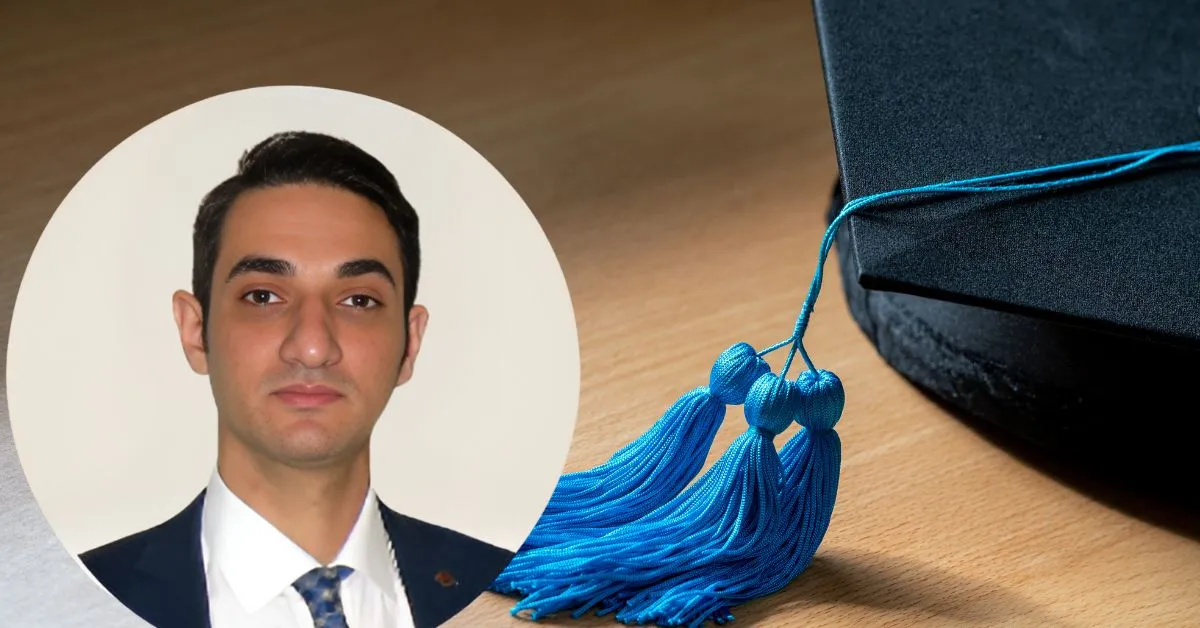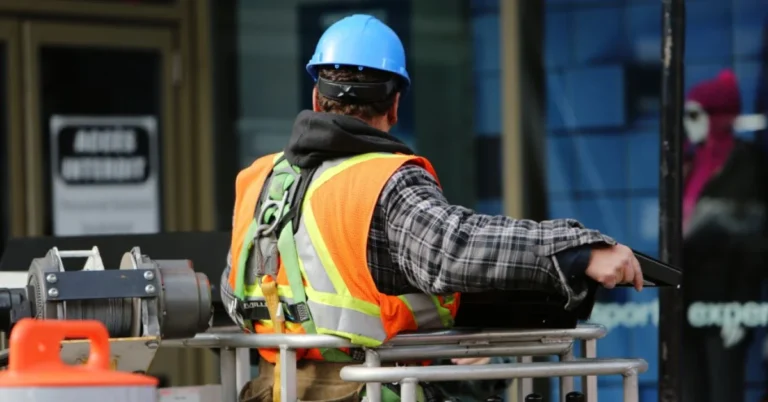Vahid Reza Gharehbaghi: A Pioneer in Smart Structures and Structural Health Monitoring
Vahid Reza Gharehbaghi is a distinguished engineer specializing in smart structures and structural health monitoring (SHM). With over 15 years of experience in civil and structural engineering, Vahid has contributed significantly to the field through his innovative research and practical applications. Currently pursuing a PhD in Structural Engineering at the University of Kansas, Vahid’s work focuses on integrating advanced technologies such as artificial intelligence (AI) and computer vision (CV) into SHM. This article explores his academic journey, areas of expertise, and notable contributions.
Academic Background
Vahidreza Gharehbaghi is currently pursuing a Doctor of Philosophy (PhD) in Structural Engineering at the University of Kansas, United States, within the Department of Civil, Environmental, and Architectural Engineering. His academic journey has been marked by a strong focus on developing advanced smart structures that incorporate sensors, actuators, and control units to respond adaptively to environmental changes. Vahid’s research primarily focuses on using AI and CV to improve the accuracy and efficiency of SHM, a critical area that ensures the safety and longevity of infrastructure. His work is supported by a solid foundation in both theoretical and practical engineering aspects, making him a leading figure in this specialized field.
Professional Experience and Expertise
With a diverse background in civil and structural engineering, Vahid has developed a comprehensive skill set that spans several key areas:
Structural Analysis
Vahid has extensive experience in structural analysis, which involves evaluating the behavior of structures under various loads and conditions. This includes determining the stability, strength, and rigidity of buildings, bridges, and other infrastructures. His expertise allows him to assess potential failure modes and design structures that can withstand adverse conditions.
Finite Element Analysis (FEA)
A critical component of Vahid’s skill set is finite element analysis, a numerical method used to predict how structures respond to environmental factors such as stress, heat, and vibration. FEA is essential for simulating complex physical phenomena and optimizing design processes. Vahid uses FEA to analyze various materials and structural components, ensuring that they meet safety and performance standards.
Structural Health Monitoring (SHM)
Vahid’s primary area of specialization is SHM, a technology that involves the continuous monitoring of a structure’s condition using sensors and data acquisition systems. His work focuses on developing and implementing advanced SHM systems that utilize AI and CV to detect anomalies, damage, and deterioration in real-time. This proactive approach helps maintain the structural integrity and safety of critical infrastructure.
Signal, Image, and Video Processing
In the context of SHM, Vahid leverages his expertise in signal, image, and video processing to analyze data from various monitoring devices. This involves interpreting complex datasets to identify patterns and trends that may indicate potential issues. By processing visual and acoustic signals, he can extract valuable information that aids in the early detection of structural problems.
Pattern Recognition and Alkali-Silica Reaction (ASR)
Vahid has conducted significant research in pattern recognition, which is crucial for analyzing data trends and identifying abnormal structural behaviors. Additionally, he has explored the effects of alkali-silica reaction (ASR), a chemical reaction in concrete that can cause significant damage if left unchecked. His work in this area contributes to better understanding and managing ASR in concrete structures, thereby extending their service life.
Research and Publications
Vahidreza Gharehbaghi is an accomplished researcher with 44 publications to his credit. His research covers a broad spectrum of topics related to structural engineering, with a particular emphasis on integrating cutting-edge technologies into traditional engineering practices. Some of his key research areas include:
- Artificial Intelligence and Computer Vision in SHM: Vahid’s innovative use of AI and CV has revolutionized SHM, enabling more accurate and efficient monitoring of structural health. His work involves developing algorithms that can process large volumes of data and detect early signs of damage, which are crucial for timely maintenance and repair.
- Finite Element Modeling: His publications often delve into advanced finite element modeling techniques, which are essential for simulating the behavior of complex structures under various conditions. This research helps in optimizing design and ensuring structural safety.
- Studies on Alkali-Silica Reaction (ASR): Vahid has extensively studied ASR, a reaction that occurs in concrete and can lead to significant structural damage. His research in this area aims to develop better diagnostic and preventive measures to mitigate ASR-related issues.
Current Work and Contributions
At the University of Kansas, Vahid continues to advance the field of structural engineering through his innovative research. His current projects focus on the integration of AI and CV technologies into SHM systems, which have the potential to revolutionize the way infrastructure is monitored and maintained. By developing intelligent systems that can autonomously assess structural health, Vahid’s work contributes to safer, more efficient infrastructure management. His research not only improves the reliability of SHM systems but also makes them more accessible and cost-effective for widespread use.
Conclusion
To sum up, Vahidreza Gharehbaghi is a leading expert in the field of civil and structural engineering, particularly in the areas of smart structures and structural health monitoring. His extensive experience, combined with his innovative research, positions him as a pioneer in using advanced technologies to enhance infrastructure safety and performance. As Vahid continues his groundbreaking work at the University of Kansas, his contributions are poised to have a lasting impact on the future of structural engineering and public safety.
FAQs:
What is Vahidreza Gharehbaghi’s field of expertise?
Vahid specializes in smart structures, structural health monitoring (SHM), and the use of AI and computer vision (CV) in these areas.
Where is Vahid currently studying?
He is pursuing his PhD in structural engineering at the University of Kansas.
What are some of Vahid’s skills?
His skills include structural analysis, finite element analysis, signal, image, and video processing, pattern recognition, and research on alkali-silica reaction (ASR).
How many publications does Vahid have?
He has authored 44 publications, covering a wide range of topics in structural engineering.
What is the focus of Vahid’s current research?
Vahid’s current research focuses on integrating AI and CV techniques into structural health monitoring to enhance the detection and maintenance of structural issues.







